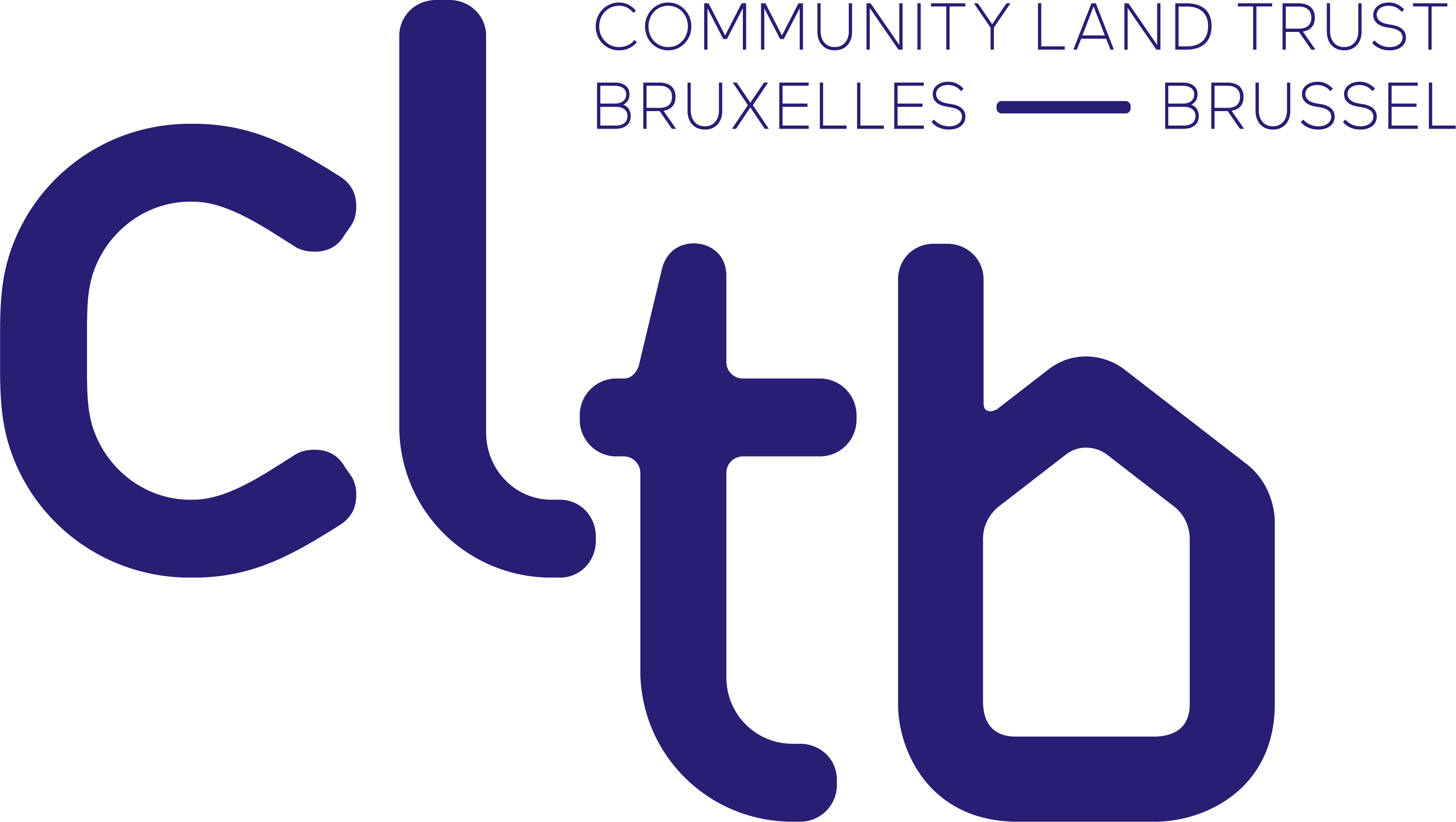In recent years, communities and cities all over Europe are carrying out policies and practices which set forth innovative solutions to urban issues, such as large-scale urbanization processes, decrease of urban public spaces, social and economic inequalities, pollution and the need of a sustainable urban planning. A growing number of civic and social movements, often in partnership with local public bodies, have been reclaiming access to urbans space and direct control over the decision-making process on the management and evolution of the city.

A right to the city has recently emerged in the political and social field, the empowerment of citizens in the access to collective resources constitutes the concept of urban commons. An increasing number of cities have experienced some form of commons and projects aiming at sharing resources with the help of organisations, social movements and institutions. The commons constitute an innovative way of thinking on how to govern the city as a more inclusive, democratic, and collaborative environment.
The rapid change of our cities, which since the beginning of the 90s have abandoned their industrial vocation to become the centre of the tertiary sector, coupled with the recent economic crisis, have led to a significant need of urban regeneration as well as to a new approach to urban governance, an approach which sees citizens and communities directly involved, from the bottom up, into processes of management of the urban space.

In particular, trying to find a solution to both the increasing number of urban voids as well as to the needs arising in the population (shelter, culture, food, meeting spaces etc.), many local communities have started to set forth paths of urban regeneration alternative to gentrification, grounded on access, democracy, environmental sustainability and fulfilment of fundamental rights, also in the interest of future generations. These experiences, which main characteristic is the cooperation of a group of citizens in the participatory management of a urban good with a social and collective goal, take the name of generative commons.
Around Europe, generative commons have emerged through different paths.
A first group of experiences arose from the direct care of a good undertook by a community of citizens. In most of those cases, the community decided to take direct care of an immovable good important to the city which, for some reason, had been abandoned (and often on the verge to be subjected to a process of gentrification). In such cases, the community decided to start a direct management of the good to re-open it to the public, establishing social activities as well as democratic decision making procedures for its stewardship. An example could be the one of an historical theatre in activity for many years and then abandoned for cut of public resources. In a case as such, a group of citizens could well be interested in re-opening the space. This could happen through a process of illegal occupation of the building and the mise en ouvre, through cooperation, of several activities (cleaning, renovation of the premises, theatre show, language classes for migrants, art classes for kids, shelter for poor people etc). The community would give itself democratic procedures of decision making. Such experience, if successful, could raise the attention of public bodies which could cooperate with the community to structure in a long-term institution the cooperative and solidarity-based approach created by the commoners.

A second group of experiences have created commons-based structures to find a solution to specific needs. Example of that are the commons-experiences born to fulfil the right to shelter of low-middle income families, an issue which is more and more urgent in our cities. In many European contexts, associations and groups engaged in the shelter emergency have thus cooperated to set forth innovative legal structures and to implement economically-sustainable institutions to serve the right to shelter of many families and individuals. This has often led to the creation of inclusive mechanisms based on the building up of a community formed by the beneficiaries of the projects as well as by the inhabitants of the neighbourhood all engaged in the participatory care of the common areas and in the implementation of collective activities.

It should be highlighted that these kinds of processes often proved themselves to be very efficient and emerged as best practices at EU level. This is why several public institutions have decided to set forth public initiatives to support and promote the emergence of urban generative commons. An example of that are the Regulations for the Commons adopted by many Italian cities, which implement a legal framework for the organization of generative commons and establish a new conception of partnership between public institutions and group of citizens for the shared, democratic and participatory stewardship of important public spaces.












